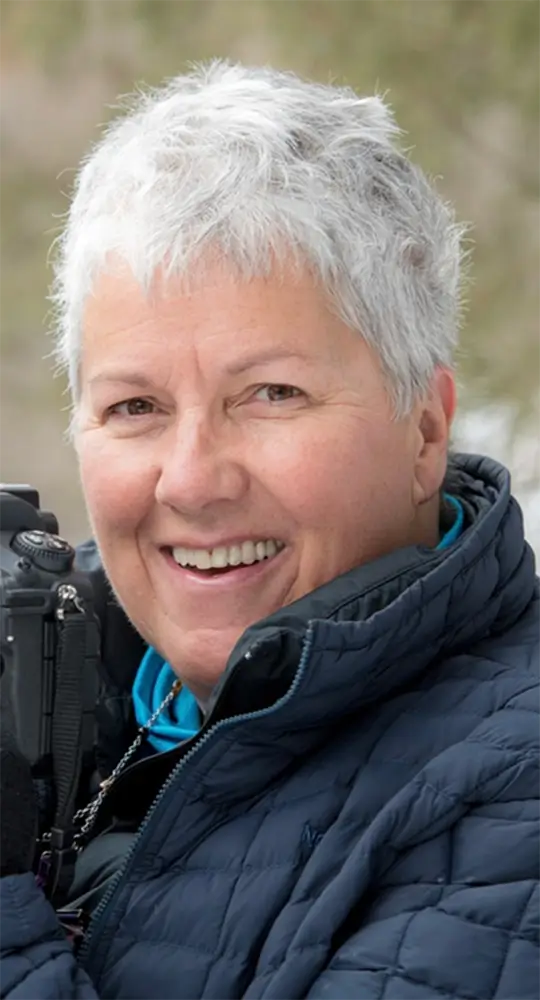Through her lens, Debbie McCulliss captures the pulse of the wild - its strength, vulnerability, and untamed beauty. Based in Colorado, this winter wildlife and nature photographer transforms her global expeditions into visual stories. Each journey deepens her understanding of local histories, environmental challenges, and preservation efforts. Her work serves as both art and advocacy, championing respect for nature, protection of wildlife habitats, and survival of endangered species.
McCulliss continues to evolve as an artist while forging deeper connections with nature, especially in polar regions across the globe. While she takes pride in creating educational narratives and striking imagery, she aims to create art that not only captivates but catalyzes - sparking dialogue, inspiring action, and leaving an indelible mark on viewers' consciousness.
Statement
Debbie McCulliss travels the globe to bear witness to the strength, fragility, beauty, and rhythm of wildlife and nature. A Colorado-based winter wildlife and nature fine art photographer, she journeys to learn about the history, environmental challenges, and conservation efforts of the places she visits. Through her photography and writing, McCulliss works to increase public awareness of vital needs: respect for nature, protection of wildlife and marine environments, and preservation of endangered species.
